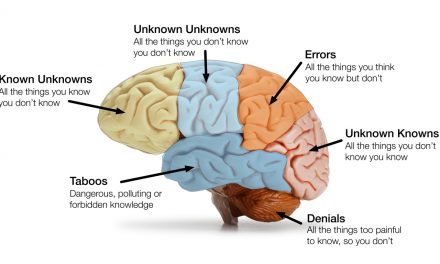Last November, Philips sent a formal medical device notification letter to their customers. Titled "Increased Number of Reports of Adverse Events Referencing Patient Monitoring Alarms," the letter explains that over the past 3 years, reviews of customer complaints have noted an increase in the number of adverse events that refer to alarms on patients being monitored by Philips bedside patient monitors connected to central stations. All patient monitoring vendors receive these complaints, and their investigations found that the Philips monitoring systems performed as designed. (This post is no criticism of Philips or their products - in fact, they should be commended for issuing their warning letter.)
Issuing letters like this is not common, and it has caused a bit of a stir. You can read the letter here (pdf). I met David Jones, Philips' Director of Worldwide Quality and Regulatory for the patient monitoring group - and author of the letter - at a recent meeting held at the FDA, and asked him about the impetus behind the letter. First he noted that this trend was a disturbing one, and that while their products were not found to be defective, their interest in patient safety caused them to want to raise their customers' awareness of the trend. David also mentioned that with the advent of JCAHO's National Patient Safety Goal on clinical alarm systems as a reason to issue the letter.
Philips' review of these adverse events revealed three major contributing factors:
- Turning off ECG/Heart Rate alarms;
- Switching the alarm source from Heart Rate to Pulse without considering that ECG and arrhythmia alarming is not available in this mode; and
- Treating technical or INOP alarms (e.g., such as noise or leads-off alarms) to be low-priority, even though they indicate that the patient may no longer be monitored.
The above factors are classic symptoms of alarm fatigue. From time to time nursing units will admit patients who, due to their condition and unique physiology, will alarm frequently - sometimes continuously. There is no medical device in the world that can take the place of a clinician, and Philips is justifiably known for the quality of their arrhythmia alarm quality and the ability to minimize false positive alarms. Even so, in the frequently chaotic world of the nursing unit, caregivers can become desensitized to alarms as a result of their environment.
Certainly education and training can minimize alarm fatigue problems and improve patient safety (as recommended in the Philips letter), but other factors impact this problem as well. Patient characteristics vary from unit to unit based on admissions criteria and the type and methods of care delivery used. Because of this variability, vendors build considerable flexibility into their alarm management features in order to minimize impact on how care is delivered and to ensure patient safety. When a system of this type is installed, the vendor makes specific recommendations regarding alarm management and configuration in order to best match the system to the unit and ensure patient safety. Some hospitals feel they know better how to configure and use a vendor's system and I have seen sentinel events result from this approach. Following vendor recommendations, at least as a starting point, is prudent.
The biggest factor impacting alarm fatigue is one that vendors have been struggling to overcome. Alarm annunciation at the device in private rooms, at the central station, or broadcast throughout the unit (via remote audible alarms and message panels) is inefficient and problematic. When you are one of five nurses on a unit, most of the alarms you hear have nothing to do with the patients that you are responsible for - but, due to the way alarms are delivered you must respond to determine if one of your patients is involved, and then determine if the alarm is valid.
There is a principle in information technology that the most reliable and efficient way to capture or manage a transaction is as close to the source of that transaction as possible. If you look around you can see expressions of this principal in bedside charting, direct data acquisition from medical devices, and in the design of meds delivery systems. Delivering alarms directly to caregivers is the best way to minimize alarm fatigue and improve patient safety.



Trackbacks/Pingbacks